-
Welcome to Miniaturk
- iletisim@kultur.istanbul
- +90 212 222 28 82
Welcome to Miniaturk
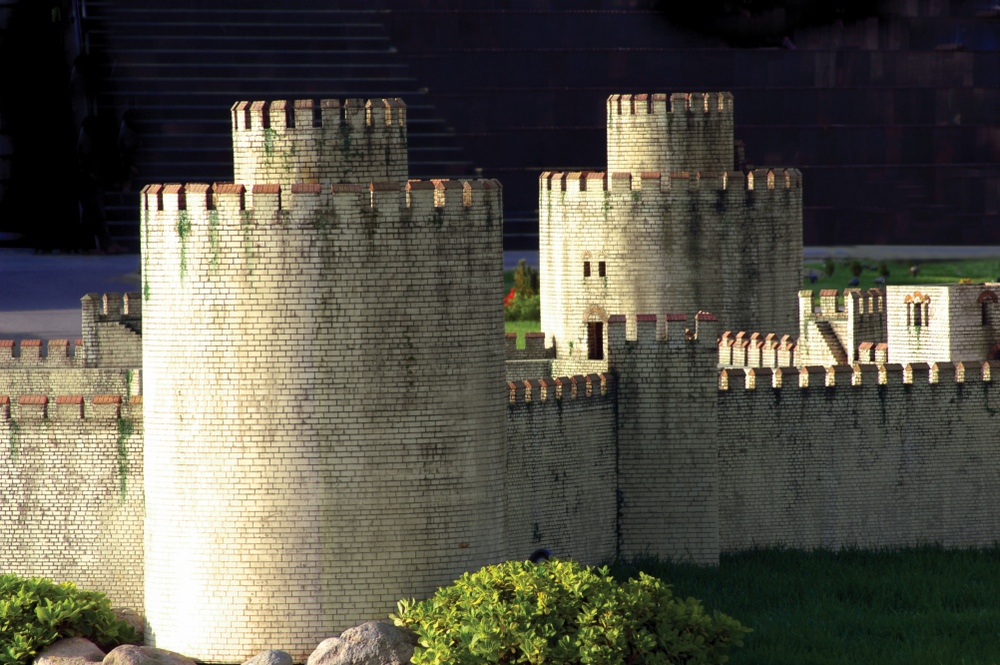
Yedikule was one of the first structures that Mehmet the Conqueror built after Istanbul’s conquest. It was formed by the forts that were built to create a pentagon courtyard by closing the Golden Gate, the oldest gate in Istanbul. Yedikule, meaning seven towers, is called Yedikule because of the the four Byzantine towers outside and three Ottoman towers inside.
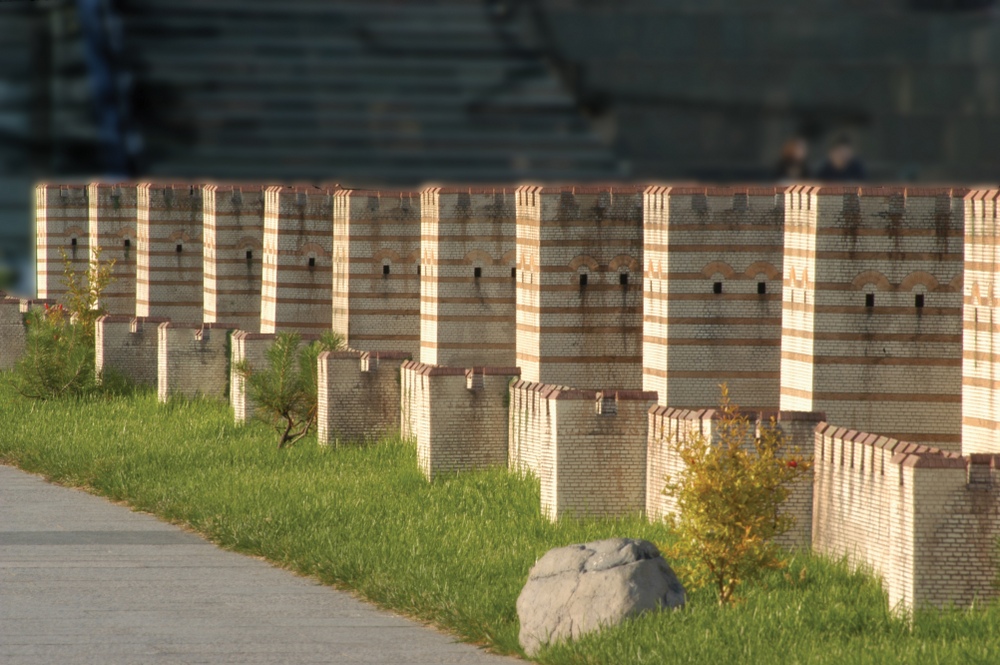
It was built to protect Istanbul against attacks from outside. The walls reaching 21 km are the longest defense structures in Europe. Light colored stones are used on the walls with more than 50 gates and over 300 bastions.
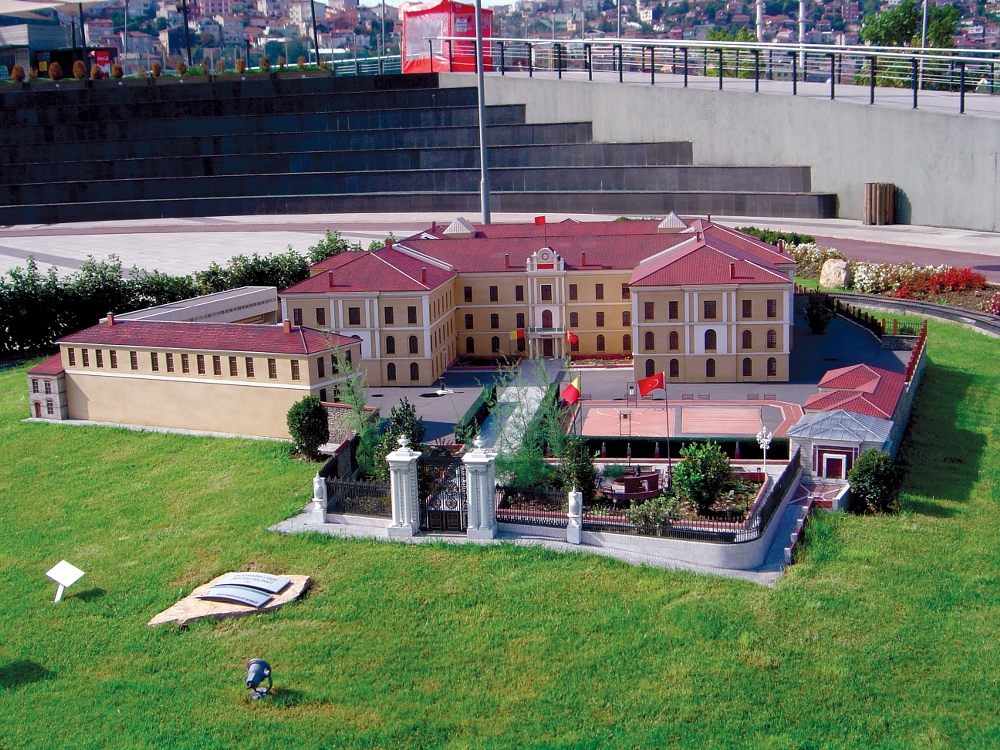
The Galatasaray High School was first established in Istanbul in 1481 to educate and create human force to the Ottoman Empire as state officials. Galatasaray underwent a great reform in 1868 and took the name of “Galatasaray Mekteb-i Sultani”. It has maintained its role and success during the Republic.
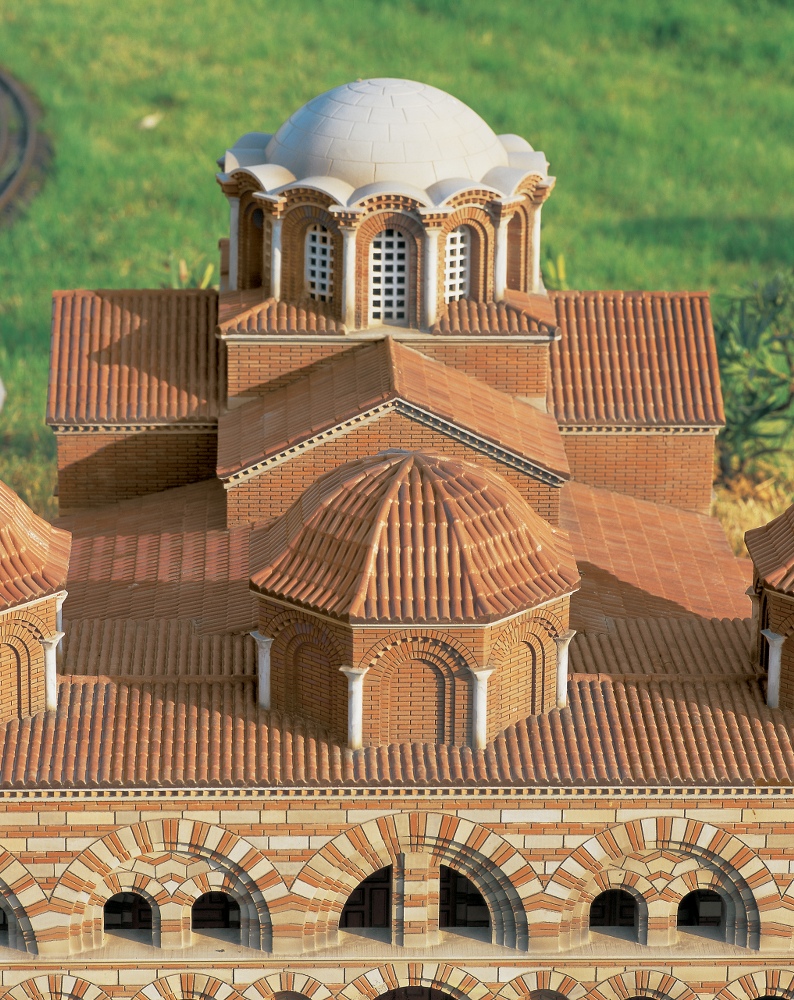
It is in Molla Şemseddin Mosque Street in Vefa. It is understood that it was built in the middle of the 5th century according to the stamped brick found on its foundation. This church was converted into a mosque by the Ottoman jurist of Sultan Mehmed the conqueror, Molla Gurani.
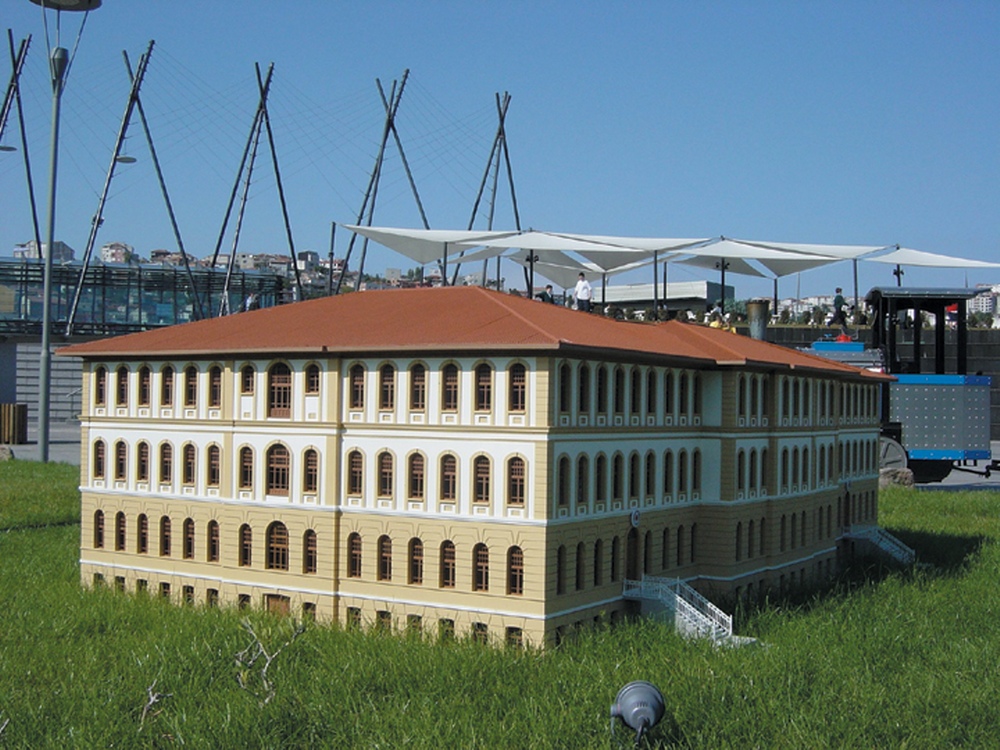
The construction of the building started in 1868 and completed in 1873 and education started in the same year. The architect is Garabet Balyan. Darüşşafaka, the first private school opened by a charity in the Ottoman Empire, serves for smart and talented orphans.
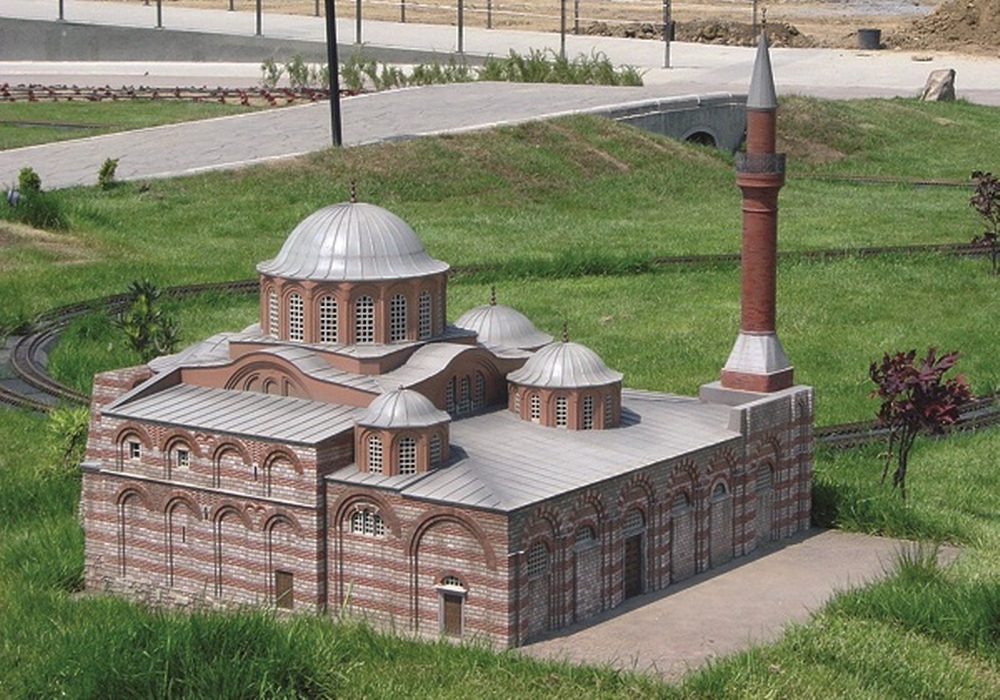
The first building was built in Edirnekapı in 509 but destroyed in the earthquake. It is believed that it was re-built in 1321. The building, which was built as a domed church based on four columns, was converted into a mosque by adding a minaret in 1511.
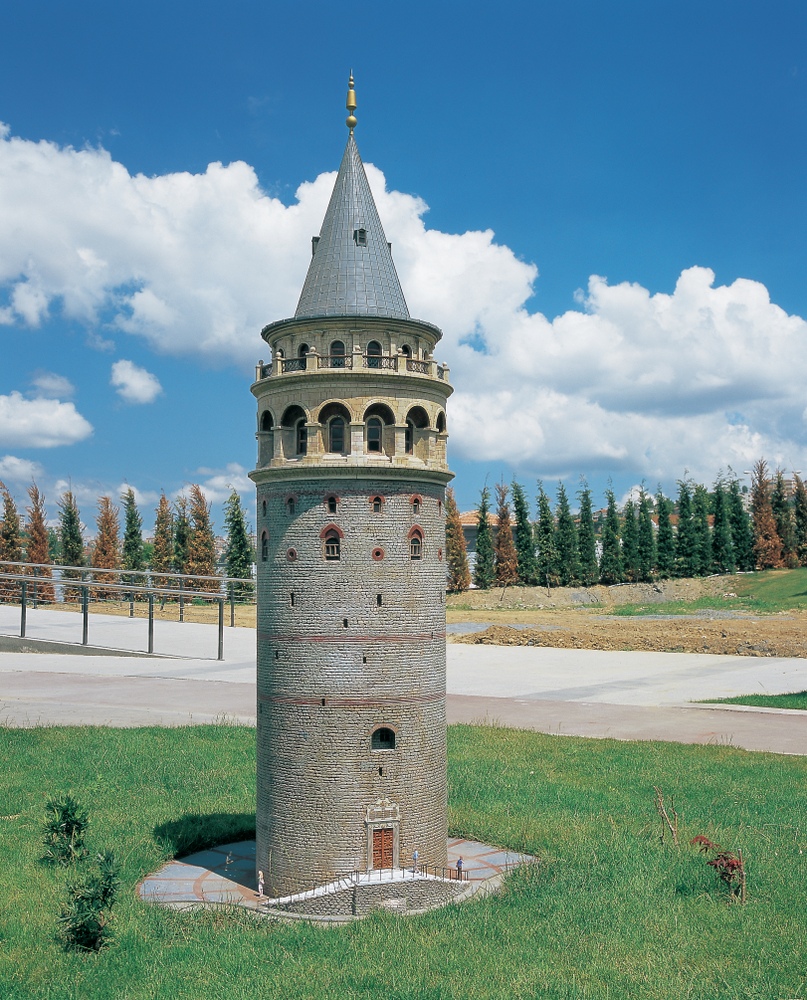
The tower is located between the Tunnel and Karaköy in 1348. The first tower was made of wood in 6 BC. The tower that reached our time was built by the Genoese. It is a 16-storey tower with basement and 69.90 meters high.
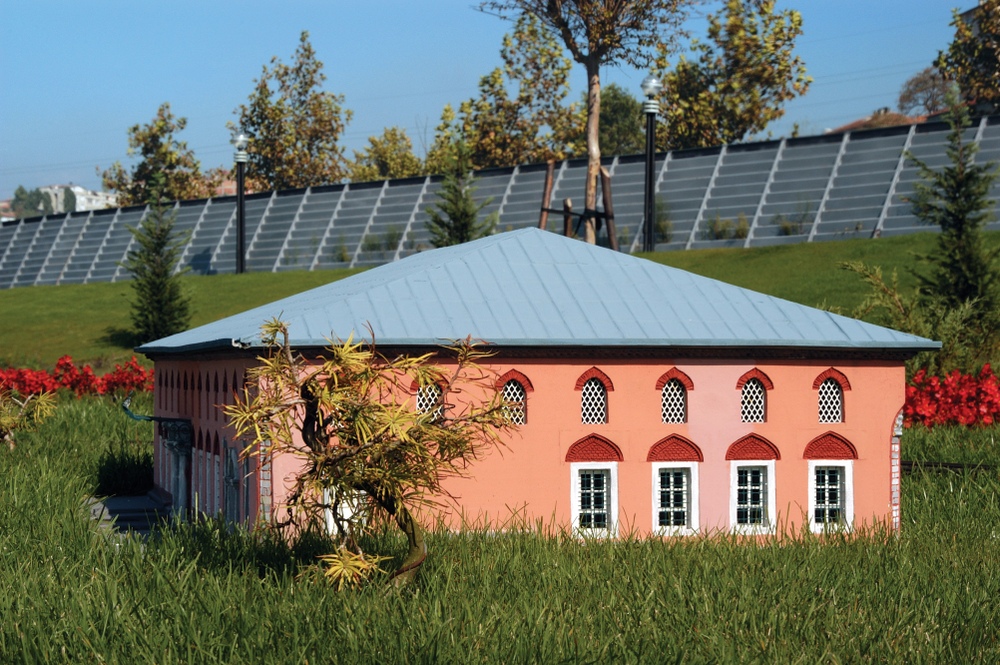
The synagogue on the Kürkçü Çeşmesi Street in Balat district was built in the 1400s by Jews from Ohrid, Macedonia. The colorful painted ceilings and walls reflecting the Baroque splendor of the synagogue were restored at the end of the 17th century.